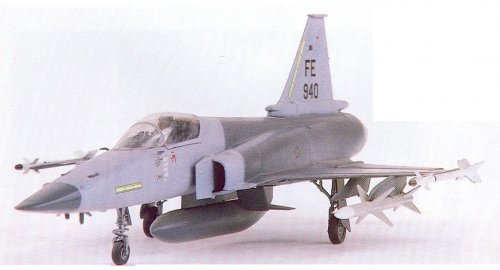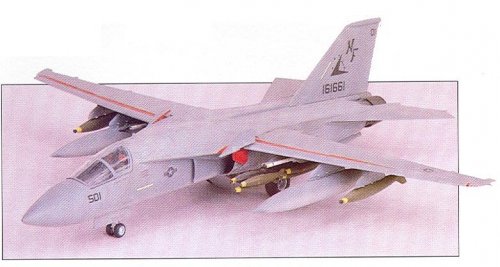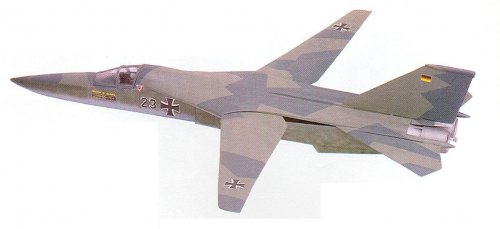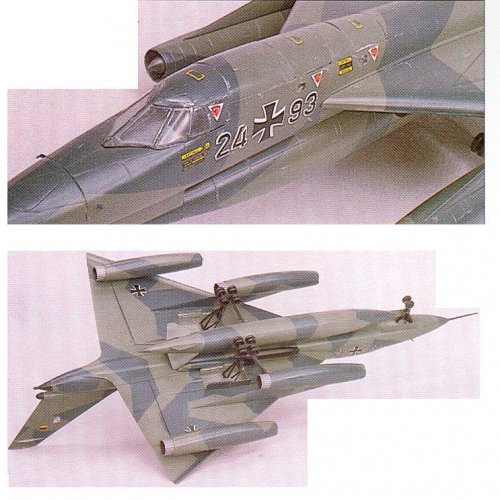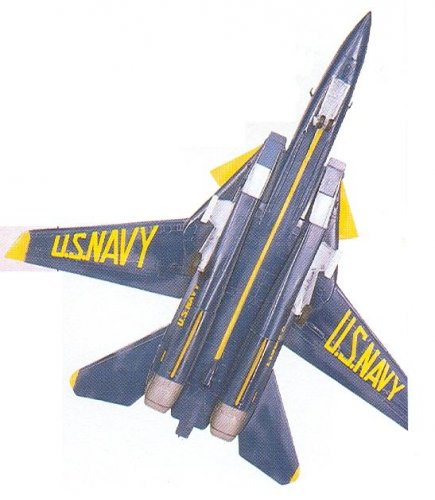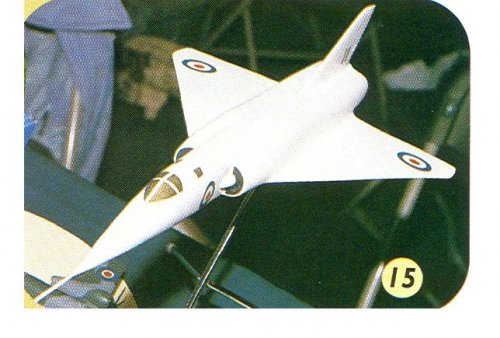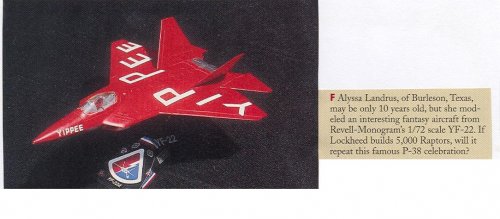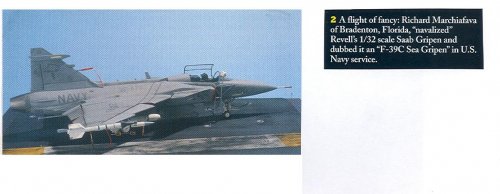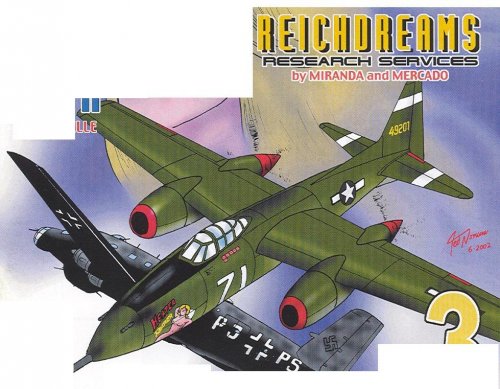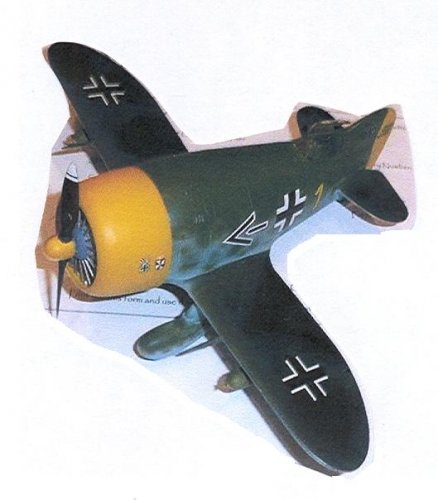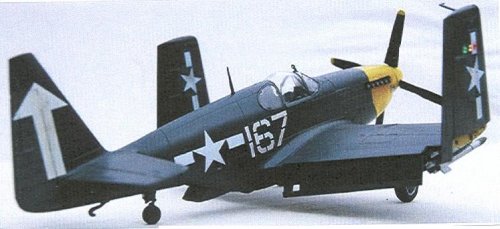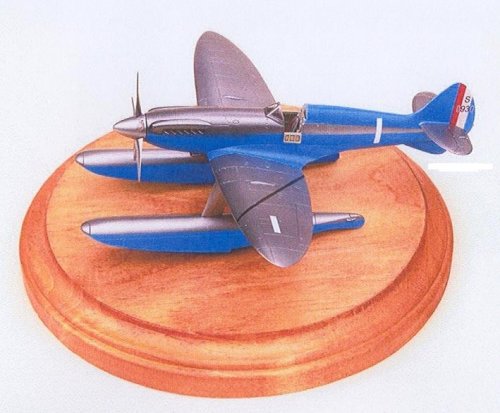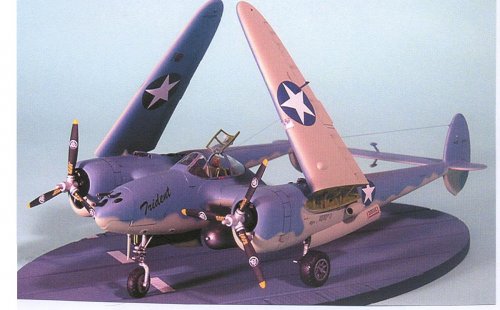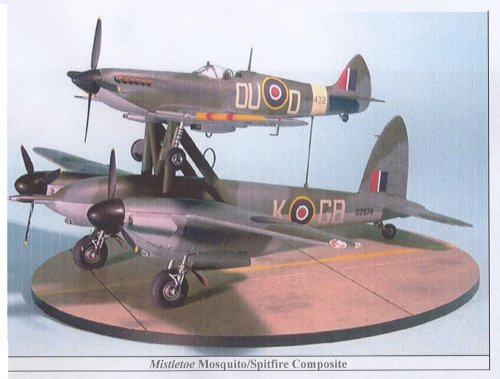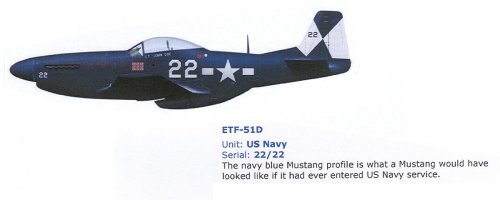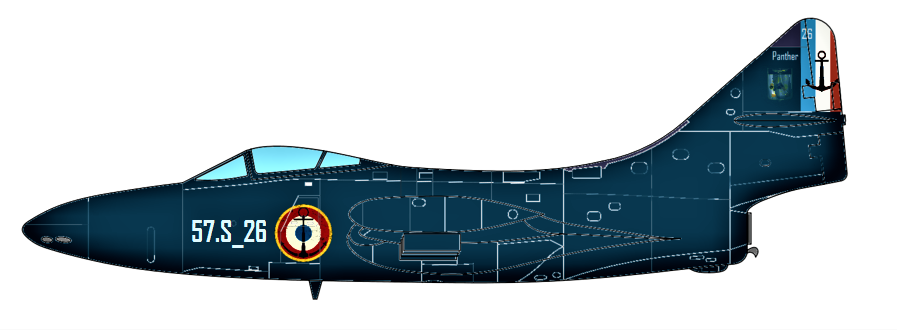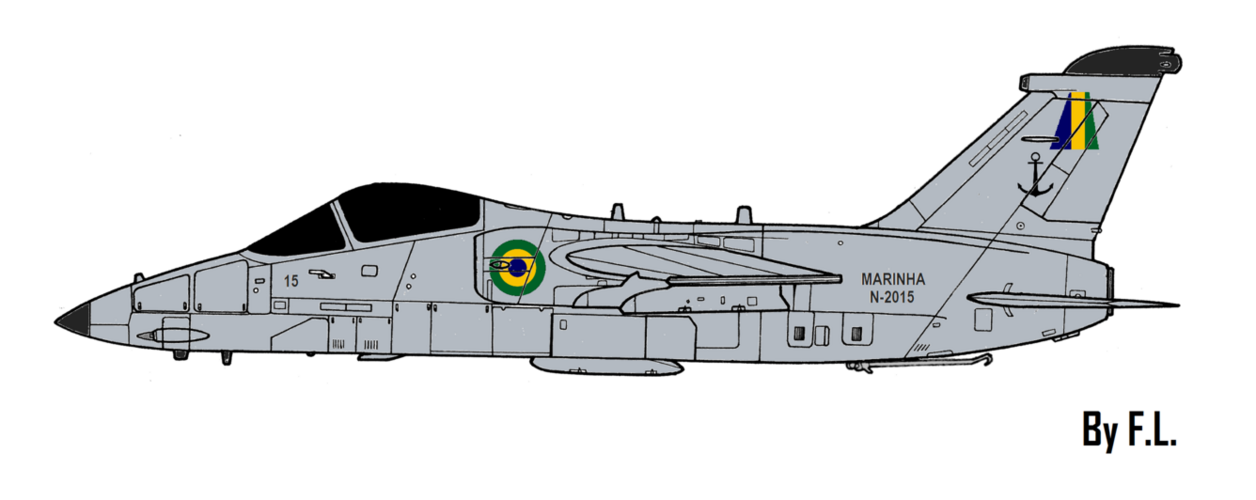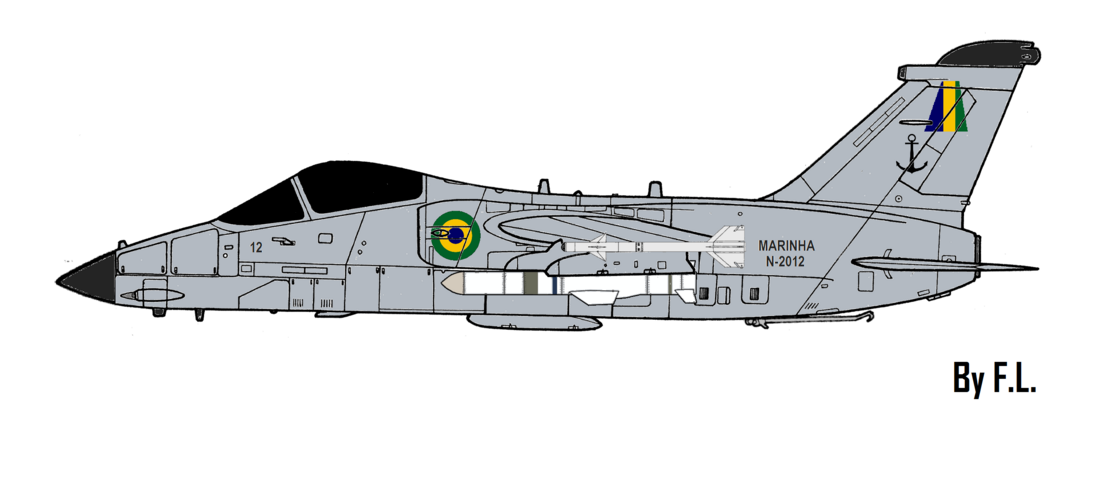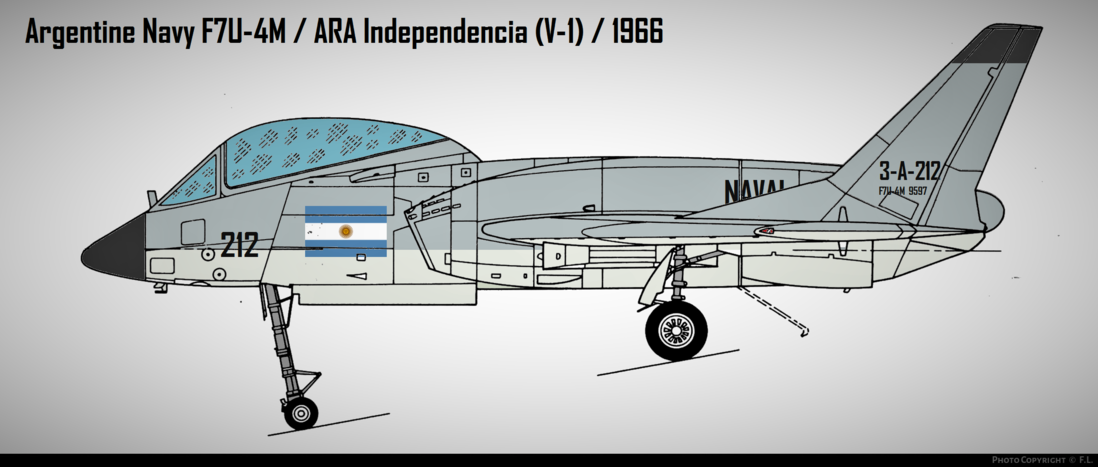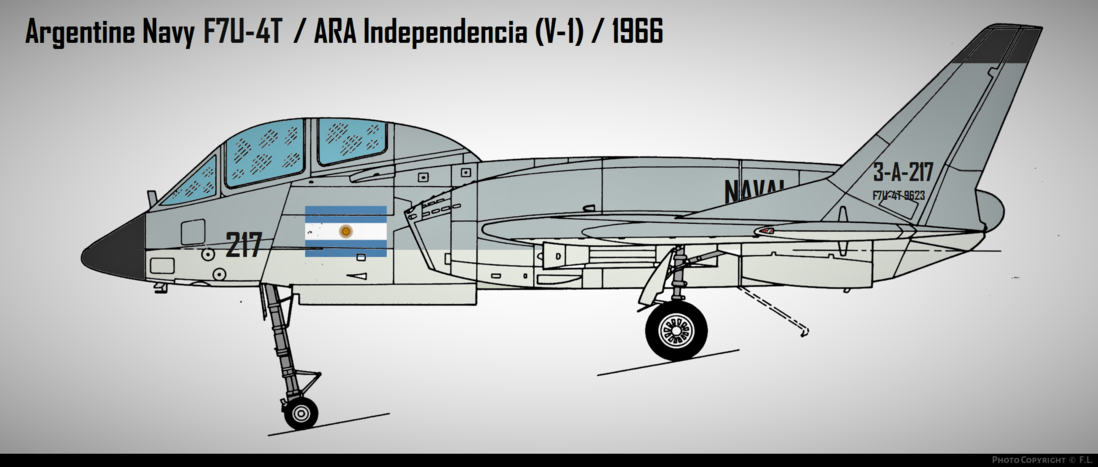You are using an out of date browser. It may not display this or other websites correctly.
You should upgrade or use an alternative browser.
You should upgrade or use an alternative browser.
What-If profile page updated
- Thread starter Chris707
- Start date
- Joined
- 22 January 2006
- Messages
- 4,213
- Reaction score
- 2,010
Wow!!!
Love that F-111 models
Gracias Justo!!
Thanks for you too Chris, there are a lot of interesting designs on your updated web. BTW, can you give more about that "Lavi-Tigershark". It's a real project from IAI or from Northrop?
Cheers
Antonio
Love that F-111 models
Gracias Justo!!
Thanks for you too Chris, there are a lot of interesting designs on your updated web. BTW, can you give more about that "Lavi-Tigershark". It's a real project from IAI or from Northrop?
Cheers
Antonio
F.L.
ACCESS: Top Secret
F.L.
ACCESS: Top Secret
And here's my favourite what if !
I made a profile of a French Naval Aviation F-9J (F9F-8) and its fictitious operational history from 1958 to 1979.

During the 1956 Egyptian campaign, two MiG-15s managed to damage the French aircraft carrier Arromanches (R95), despite being intercepted by F4U-7s, which were unable to repel them.
In the aftermath of the crisis, the "Royale" decided to acquire a modern jet fighter designed to carry out daytime fighter and interception missions.
After evaluating different types of aircraft (F9F Panther/Cougar, FJ-3 Fury, Sea Hawk, A-4, etc.) and requesting proposals from various French manufacturers, the F9F-8 Cougar was chosen.
This solution was considered to be the best and most economical way of carrying out fighter missions before the arrival of the Dassault Étendards.
An order for 24 second-hand F9F-8s and 4 F9F-8Ts was placed in 1957. An option was taken for a further 6 F9F-8s and 4 F9F-8Ts which was used in 1960.
A few right-wing F9F Panthers were offered by the US Navy to help with pilots training and carrier testing, and were used until 1962 with 12F & 57S.
The order was honoured in 1958 and the aircraft entered service with Flottille 14F. They were given a blue livery similar to that of the Corsairs.
In 1958, the Arromanches was rebuilt to use the Aquilons, Alizés and Cougars (deck with a 4° angle, more powerful steam catapult...)
In 1964, because of the Lobster War with Brazil, the Arromanches was sent as flagship of the French fleet, with an air wing of Cougars and Alizé. It carries out ASW and fleet defence missions, as well as maritime reconnaissance against Brazilian Navy. Several encounters were made with Brazilian aircraft, including a formation of Meteors on aggressive approach to the fleet, which was intercepted by two F9F and diverted. Exceptionally, two CM-175s which had remained on the Arromanches were used for reconnaissance missions escorted by F9F.
With the arrival of the Etendards IVM used for ground attack, they will provide more fighter missions, and from 1964 were used to complement the F-8E(FN) Crusaders.
As the only jet fighter on the Arromanches, they will continue to carry out both attack and fighter missions alongside it until 1974.
Between 1959 and 1962, they were sometimes used for ground attack missions in Algeria.
In 1964 they begin to receive a new grey/white livery similar to that of the "Crouzes".
Until 1974, the Cougars have been used mainly from Arromanches (R95), but also on the Foch and the Clemenceau, although more rarely.
In 1974, the 16 surviving F9F-8s and 6 F9F-8Ts were relegated to training and in 1979 were definitively withdrawn from service.
Throughout the Cougar's career in French colours, only 3 F9F-8s and 1 F9F-8T were lost in accidents, only one of which was fatal.
In 1975, a project was considered to convert 10 Cougars into two-seaters for training F-8 pilots, with a similar cockpit, but the project was finally abandoned after the modification of a prototype, unofficially named TF-9E(FN).
I made a profile of a French Naval Aviation F-9J (F9F-8) and its fictitious operational history from 1958 to 1979.
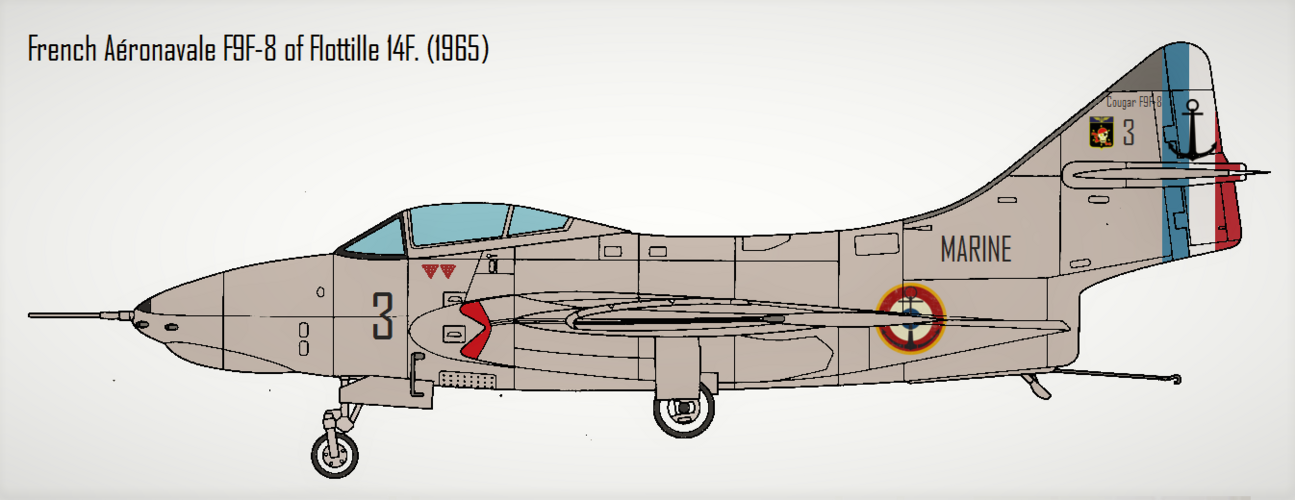
During the 1956 Egyptian campaign, two MiG-15s managed to damage the French aircraft carrier Arromanches (R95), despite being intercepted by F4U-7s, which were unable to repel them.
In the aftermath of the crisis, the "Royale" decided to acquire a modern jet fighter designed to carry out daytime fighter and interception missions.
After evaluating different types of aircraft (F9F Panther/Cougar, FJ-3 Fury, Sea Hawk, A-4, etc.) and requesting proposals from various French manufacturers, the F9F-8 Cougar was chosen.
This solution was considered to be the best and most economical way of carrying out fighter missions before the arrival of the Dassault Étendards.
An order for 24 second-hand F9F-8s and 4 F9F-8Ts was placed in 1957. An option was taken for a further 6 F9F-8s and 4 F9F-8Ts which was used in 1960.
A few right-wing F9F Panthers were offered by the US Navy to help with pilots training and carrier testing, and were used until 1962 with 12F & 57S.
The order was honoured in 1958 and the aircraft entered service with Flottille 14F. They were given a blue livery similar to that of the Corsairs.
In 1958, the Arromanches was rebuilt to use the Aquilons, Alizés and Cougars (deck with a 4° angle, more powerful steam catapult...)
In 1964, because of the Lobster War with Brazil, the Arromanches was sent as flagship of the French fleet, with an air wing of Cougars and Alizé. It carries out ASW and fleet defence missions, as well as maritime reconnaissance against Brazilian Navy. Several encounters were made with Brazilian aircraft, including a formation of Meteors on aggressive approach to the fleet, which was intercepted by two F9F and diverted. Exceptionally, two CM-175s which had remained on the Arromanches were used for reconnaissance missions escorted by F9F.
With the arrival of the Etendards IVM used for ground attack, they will provide more fighter missions, and from 1964 were used to complement the F-8E(FN) Crusaders.
As the only jet fighter on the Arromanches, they will continue to carry out both attack and fighter missions alongside it until 1974.
Between 1959 and 1962, they were sometimes used for ground attack missions in Algeria.
In 1964 they begin to receive a new grey/white livery similar to that of the "Crouzes".
Until 1974, the Cougars have been used mainly from Arromanches (R95), but also on the Foch and the Clemenceau, although more rarely.
In 1974, the 16 surviving F9F-8s and 6 F9F-8Ts were relegated to training and in 1979 were definitively withdrawn from service.
Throughout the Cougar's career in French colours, only 3 F9F-8s and 1 F9F-8T were lost in accidents, only one of which was fatal.
In 1975, a project was considered to convert 10 Cougars into two-seaters for training F-8 pilots, with a similar cockpit, but the project was finally abandoned after the modification of a prototype, unofficially named TF-9E(FN).
Last edited:
alejandrogrossi
ACCESS: Secret
- Joined
- 20 September 2019
- Messages
- 266
- Reaction score
- 445
And here's my favourite what if !
I made a profile of a French Naval Aviation F-9J (F9F-8) and its fictitious operational history.
View attachment 702573
I am open to any suggestions for improving both the profile and the story !!!During the 1956 Egyptian campaign, two MiG-15s managed to slightly damage the French aircraft carrier Arromanches (R95), despite being intercepted by F4U-7s, which were unable to repel them.
In the aftermath of the crisis, the "Royale" decided to acquire a swept-wing fighter designed to carry out daytime fighter and interception missions.
After evaluating different types of aircraft (F9F Panther/Cougar, FJ-3 Fury, Sea Hawk, A-4, etc.) and requesting proposals from various French manufacturers, the F9F Cougar was chosen.
This solution was considered to be the best and most economical way of carrying out fighter missions before the arrival of the Dassault Étendards.
An order for 24 second-hand F9F-8s and 4 F9F-8Ts was placed in 1957. An option was taken for a further 8 F9F-8s and 4 F9F-8Ts which was used in 1960.
A few right-wing F9F Panthers were offered by the US Navy to help with pilot training and carrier testing, and were used until 1959.
The order was honoured in 1958 and the aircraft entered service with Flotille 14F. They were given a blue livery similar to that of the Corsairs.
They were mainly used on the Arromanches (R95) until 1968, but also on the Foch and the Clémenceau, although occasionally.
Between 1959 and 1962, they were sometimes used for ground attack missions in Algeria.
With the arrival of the Etendards, they became pure fighters, and from 1964 were used to complement the F-8E(FN) Crusaders.
In 1965 they received a new grey livery similar to that of the Crouzes.
In 1971, the 16 surviving F9F-8s and 6 F9F-8Ts were relegated to training and in 1974 were definitively withdrawn from service.
In 1975, a project was considered to convert 10 Cougars into two-seaters for training F-8 pilots, with a similar cockpit, but the project was finally abandoned after the modification of a prototype, unofficially named TF-9E(FN).
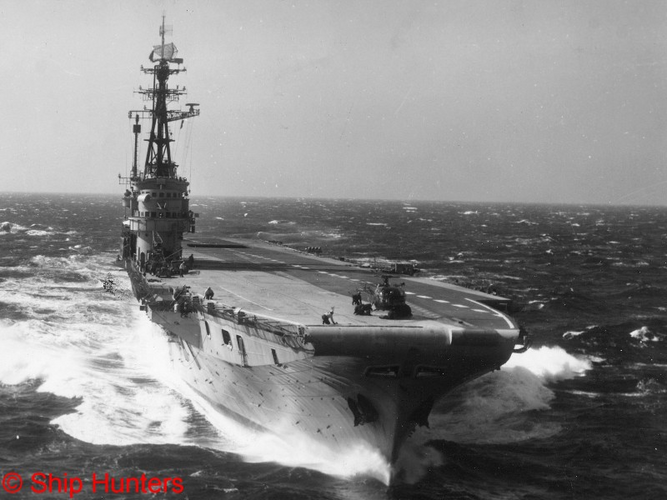
R95 Arromaches
Colossus class
ARA Independencia (Colossus class too)

That was by accident.
Our F9F can't operate on Independencia, because the catapult don not have enough power.
But in your What if scenario, it´s fix
Last edited:
F.L.
ACCESS: Top Secret
In 1957/58, the Arromanches was rebuilt. At that stage, it could have been fitted with a sufficiently powerful catapult for the Cougar.That was by accident.
Our F9F can't operate on Independencia, because the catapult don not have enough power.
But in your What if scenario, it´s fix.
F.L.
ACCESS: Top Secret
F.L.
ACCESS: Top Secret
F.L.
ACCESS: Top Secret
F.L.
ACCESS: Top Secret
F.L.
ACCESS: Top Secret
My "what if" story & profile of Tu-128 during the Falklands war :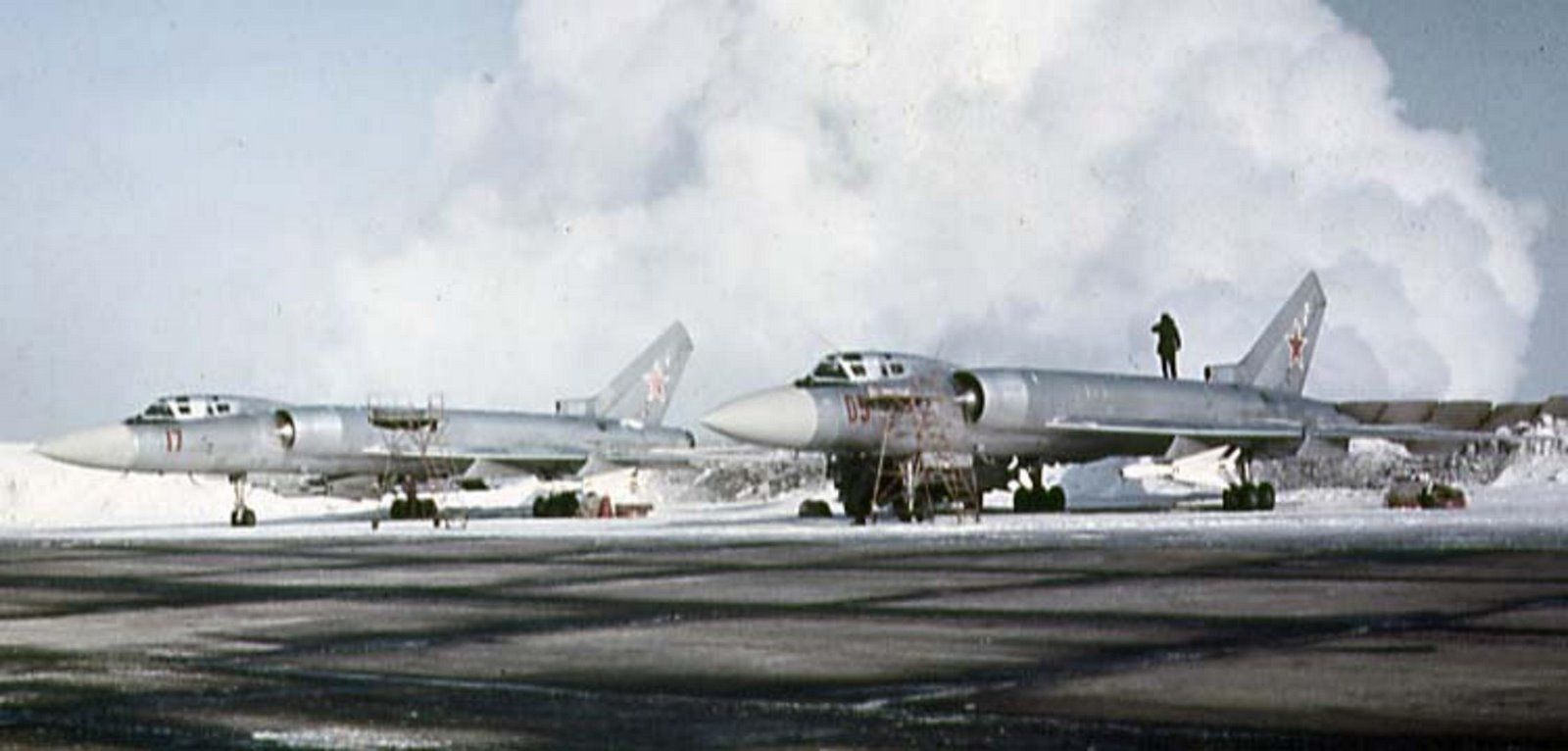
Malvinas 37 anos – Interceptadores soviéticos Tu-128 'Fiddler' quase assumiram a defesa aérea argentina - Poder Aéreo – Aviação, Forças Aéreas, Indústria Aeroespacial e de Defesa
Conforme mencionado recentemente no Poder Naval na sua campanha contra o Reino Unido pela posse das Ilhas Malvinas/Falklands a Argentina recebeu ajuda militar da então União Soviética na forma de dados de posicionamento da frota naval inimiga gerados por satélites e por aeronaves de...www.aereo.jor.br
"During the Falklands conflict, the Soviet Union decided to provide discreet support to Argentina, despite its government's anti-Communist stance, to enable them to inflict maximum damage on the British army.
Soviet Tu-95 Bears carried out numerous reconnaissance missions on the British fleet.
A number of Tu-128s with soviet crews were secretly deployed in Argentina to defend towns from possible British and Chilean raids or reconaissance missions. They allow the Mirage IIIEA to return to combat.
They will be brought in by cargo ships sailing under the Soviet flag.
All the Soviet markings were summarily repainted and replaced by Argentinian ones.
A few BARCAPs were flown along the coast & Chile border and led to the destruction with a R-4 missile of a Chilean Canberra PR.9 on reconnaissance mission. The victory was never claimed and the aircraft was declared lost for technical reasons by the Chilean Air Force.
The "Fiddlers" did not carry out any offensive missions against the British and returned to the Soviet Union soon after the conflict.
Their involvement would not be decisive for the conflict, as they were not finally engaged as escorts for missions against the English fleet, as had been decided before their deployment.
Their presence was considered a legend by the British forces and would only be revealed after the fall of the USSR."
Their deployment was really unsuccessful due to the indecision of the Soviet government.

Last edited:
Similar threads
-
-
FLIGHTS OF FANTASY: What if the F-20 Tigershark went into production?
- Started by Sentinel Chicken
- Replies: 85
-
Handley Page Victor - Model under construction
- Started by Zeppelin
- Replies: 5
-
Slice & Dice: air combat over Japan, 1946...
- Started by Skyraider3D
- Replies: 24
-
What if.. X-29 was offered for FX
- Started by helmutkohl
- Replies: 7




